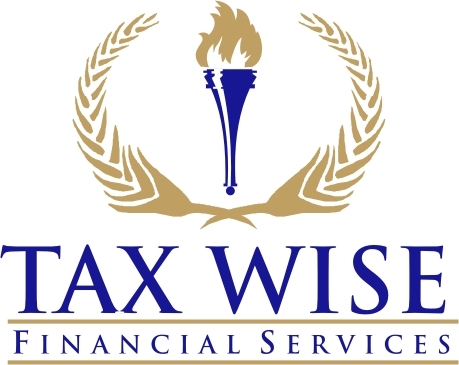
When you invest in stocks, you might receive payments called dividends. But here’s the key part—understanding how dividends are taxed (qualified vs. ordinary) matters a lot in 2025. If you don’t know the difference, you could end up paying more taxes than necessary.
What Are Dividends?
Dividends are money that companies pay to people who own their stock. It’s a reward for investing. Some companies pay dividends regularly, while others do so only now and then. The amount of the dividend depends on how well the company performs.
You must understand how dividends are taxed (qualified vs. ordinary) before tax season. This knowledge helps you make smarter money decisions.
Types of Dividends: Qualified vs. Ordinary
There are two main types of dividends:
- Qualified Dividends: These meet special IRS rules and get taxed at lower rates.
- Ordinary Dividends: These don’t meet those rules and get taxed like your regular income.
Knowing how dividends are taxed (qualified vs. ordinary) shows how much you might owe and helps you plan ahead.
How to Know If a Dividend Is Qualified
Three things make a dividend qualified:
- The company must be based in the U.S. or a country with a tax treaty.
- The dividend can’t be from special investment types like REITs.
- You must own the stock long enough—usually more than 60 days around the dividend date.
If any of these conditions aren’t met, the dividend is ordinary and taxed at a higher rate.
Tax Rates for Dividends in 2025
The IRS sets different tax rates depending on your income:
- 0% for low income
- 15% for middle-income
- 20% for high-income
Ordinary dividends, however, are taxed at your normal rate—up to 37%. So, understanding how dividends are taxed (qualified vs. ordinary) can help reduce what you pay.
Example: What You Could Pay
Let’s say you get $1,000 in dividends:
- If they are qualified, and your rate is 15%, you owe $150.
- If they are ordinary, and your income tax rate is 24%, you owe $240.
That extra $90 shows why knowing your dividend type matters.
Check Your Dividend Info
Each year, companies send out Form 1099-DIV. It tells you how much you received in dividends and shows whether they are qualified or ordinary. Always check this form when you file your taxes. Unsure what it means? Ask a tax expert or use good tax software.
Ways to Lower Dividend Taxes
To pay less tax on your dividends, try these tips:
- Hold stocks longer to qualify for lower rates.
- Use tax-advantaged accounts like Roth IRAs or 401(k)s.
- Choose companies that often pay qualified dividends.
Final Thoughts on Taxed Dividends
Understanding how dividends are taxed (qualified vs. ordinary) in 2025 makes you a better investor. When you know the rules, you can plan ahead and keep more of your money. Whether you’re new or experienced, staying informed helps you make the best financial choices.


